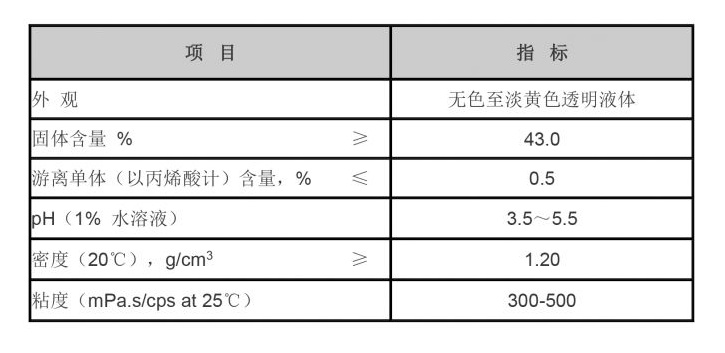Exploring the Role of Flocculant Chemicals in Water Treatment Processes and Applications
The Role of Flocculant Chemicals in Water Treatment
Flocculant chemicals play a crucial role in the process of water treatment and purification. These substances are key in the removal of suspended solids from water, helping to clarify and make it suitable for various uses, including drinking, industrial applications, and recreational activities. This article explores the importance of flocculants, their types, applications, and the mechanisms by which they operate in the water treatment process.
Flocculants are chemical agents that promote the agglomeration of particles, causing them to clump together into larger masses called flocs. These flocs can then be more easily removed from the water through sedimentation or filtration. The use of flocculants is essential in both municipal and industrial water treatment facilities, as they significantly enhance the efficiency of the purification process.
There are several types of flocculants, broadly categorized into organic and inorganic materials. Organic flocculants are often derived from natural substances, such as polysaccharides or synthetic polyacrylamides. They are favored for their ability to effectively bind with a variety of particulate matter, including organic and inorganic substances, and are widely used in municipal wastewater treatment plants. In contrast, inorganic flocculants such as aluminum sulfate (alum) and ferric chloride work through different mechanisms and are also commonly used in water treatment applications, particularly for drinking water purification.
The selection of a particular flocculant depends on factors such as the nature of the suspended particles, the desired clarity of the water, and economic considerations. For instance, in the treatment of wastewater, the choice of flocculant may depend on the predominant contaminants present. In such cases, testing and optimization are often required to determine the most effective agent for removal.
flocculant chemical

The flocculation process begins with the addition of the flocculant to the contaminated water. Once introduced, the chemical interacts with the suspended particles, neutralizing their charges and facilitating the aggregation process. This can be further optimized by mechanical mixing, which helps distribute the flocculant evenly throughout the water. After sufficient time, the agglomerated flocs rise to the top or settle at the bottom, where they can be easily removed. The remaining water is then much clearer and can undergo further treatment as necessary.
Flocculants not only contribute to the clarification of water but also improve the efficiency of subsequent treatment processes, such as filtration and disinfection. By reducing the concentration of suspended solids, flocculants minimize clogging in filters and reduce chemical dosages needed for disinfection, ultimately leading to lower operational costs.
The application of flocculant chemicals extends beyond municipal water treatment
. They are also crucial in industrial processes such as mining, paper manufacturing, and food production, where efficient removal of particulates is essential. Additionally, the benefits of flocculants can be observed in the treatment of stormwater runoff, where they help mitigate pollution and protect water bodies from sedimentation and contamination.In conclusion, flocculant chemicals are indispensable in the field of water treatment, facilitating the effective removal of suspended solids and improving water quality. As regulators and industries increasingly focus on sustainable practices, the role of flocculants will only become more significant. Understanding their functionality, types, and applications will enable better management of water resources and contribute to global efforts in ensuring clean water availability for all.
-
Premium Isothiazolinones | Broad-Spectrum Biocidal SolutionsNewsAug.28,2025
-
LK-319 Special Scale And Corrosion Inhibitor For Steel Plants: Advanced Solutions for Industrial Water SystemsNewsAug.22,2025
-
Flocculant Water Treatment: Essential Chemical Solutions for Purification ProcessesNewsAug.22,2025
-
Isothiazolinones: Versatile Microbial Control Agents for Industrial and Consumer ApplicationsNewsAug.22,2025
-
Scale Inhibitor: Key Solutions for Water System Scale PreventionNewsAug.22,2025
-
Organophosphonates: Versatile Scale Inhibitors for Industrial Water SystemsNewsAug.22,2025





